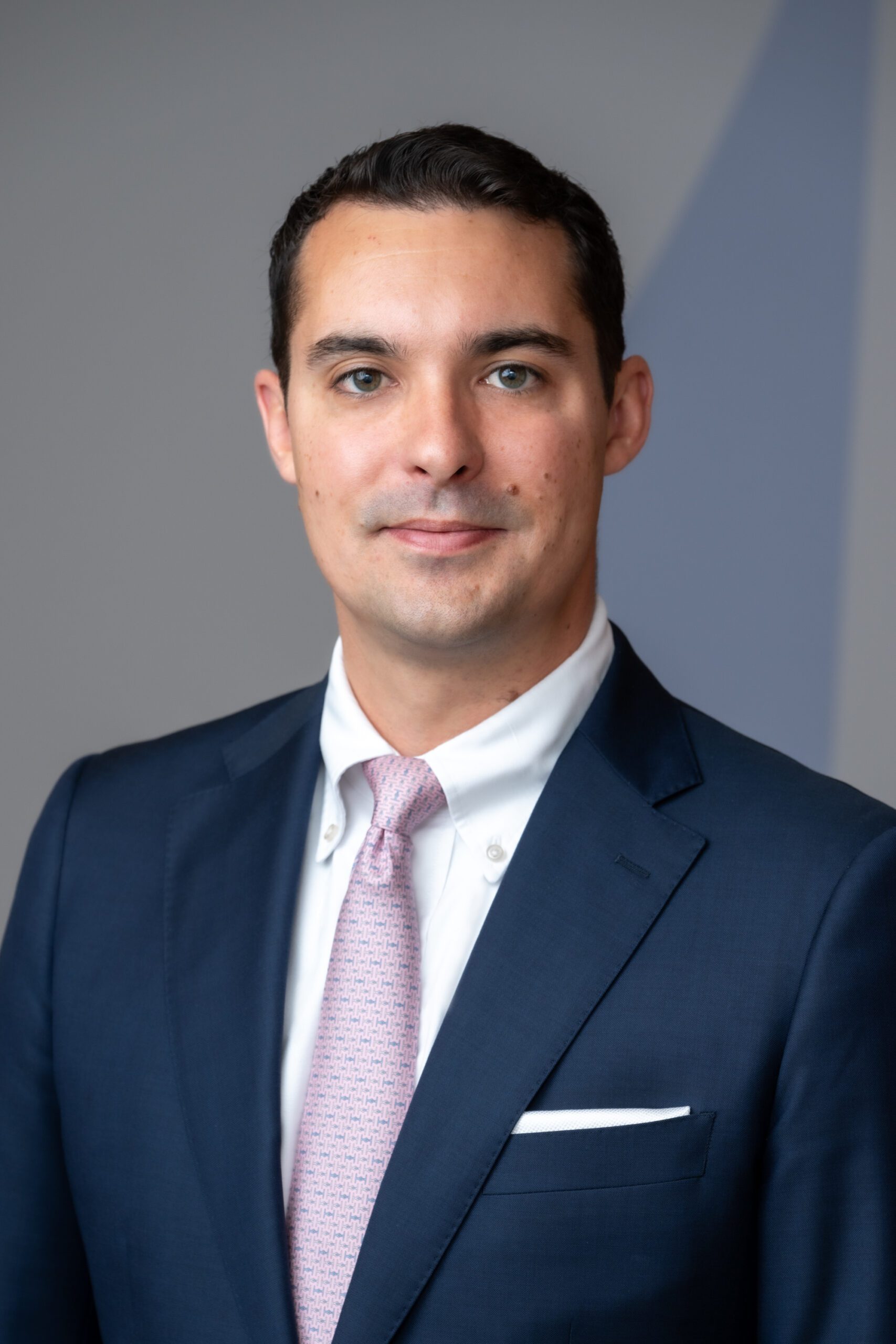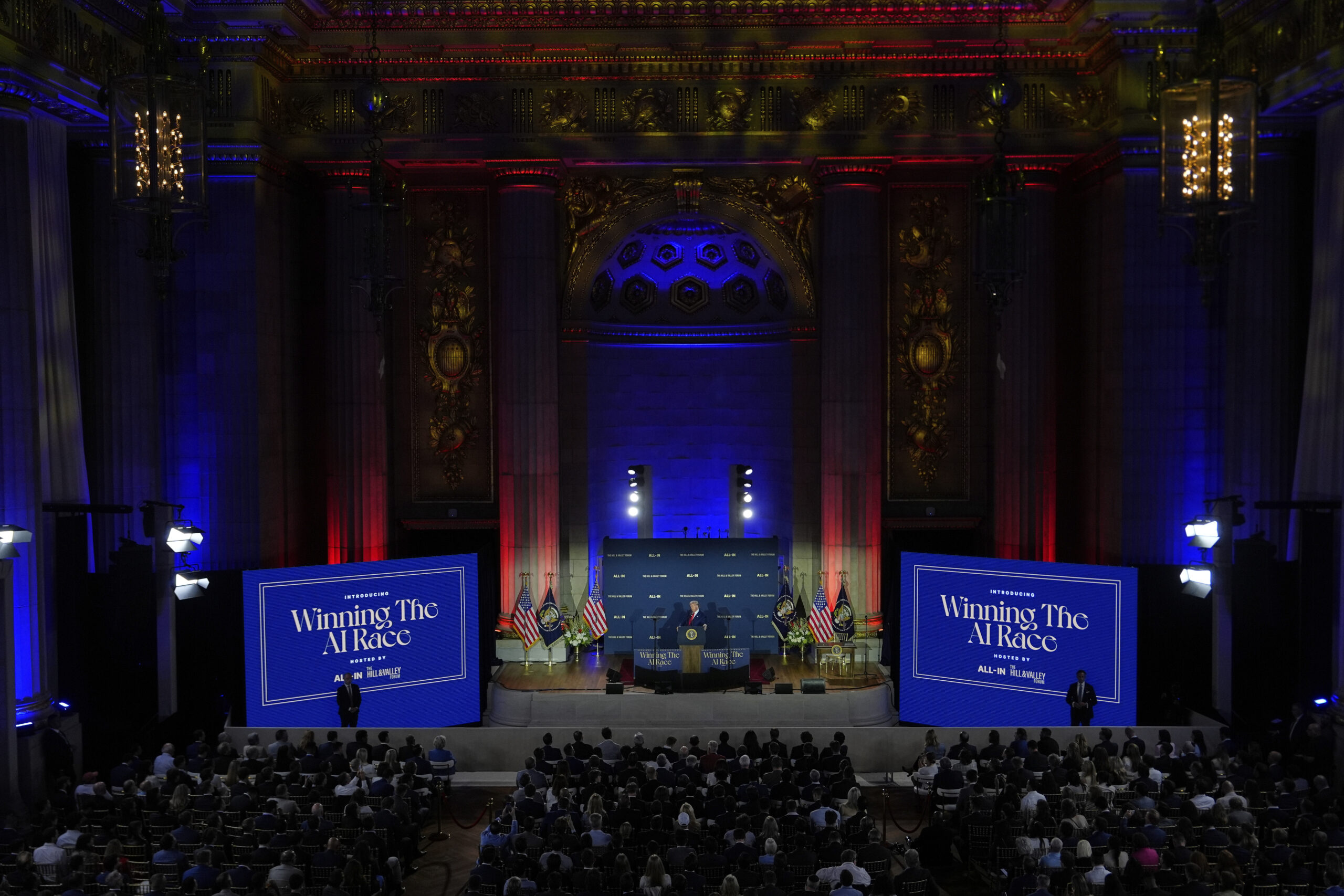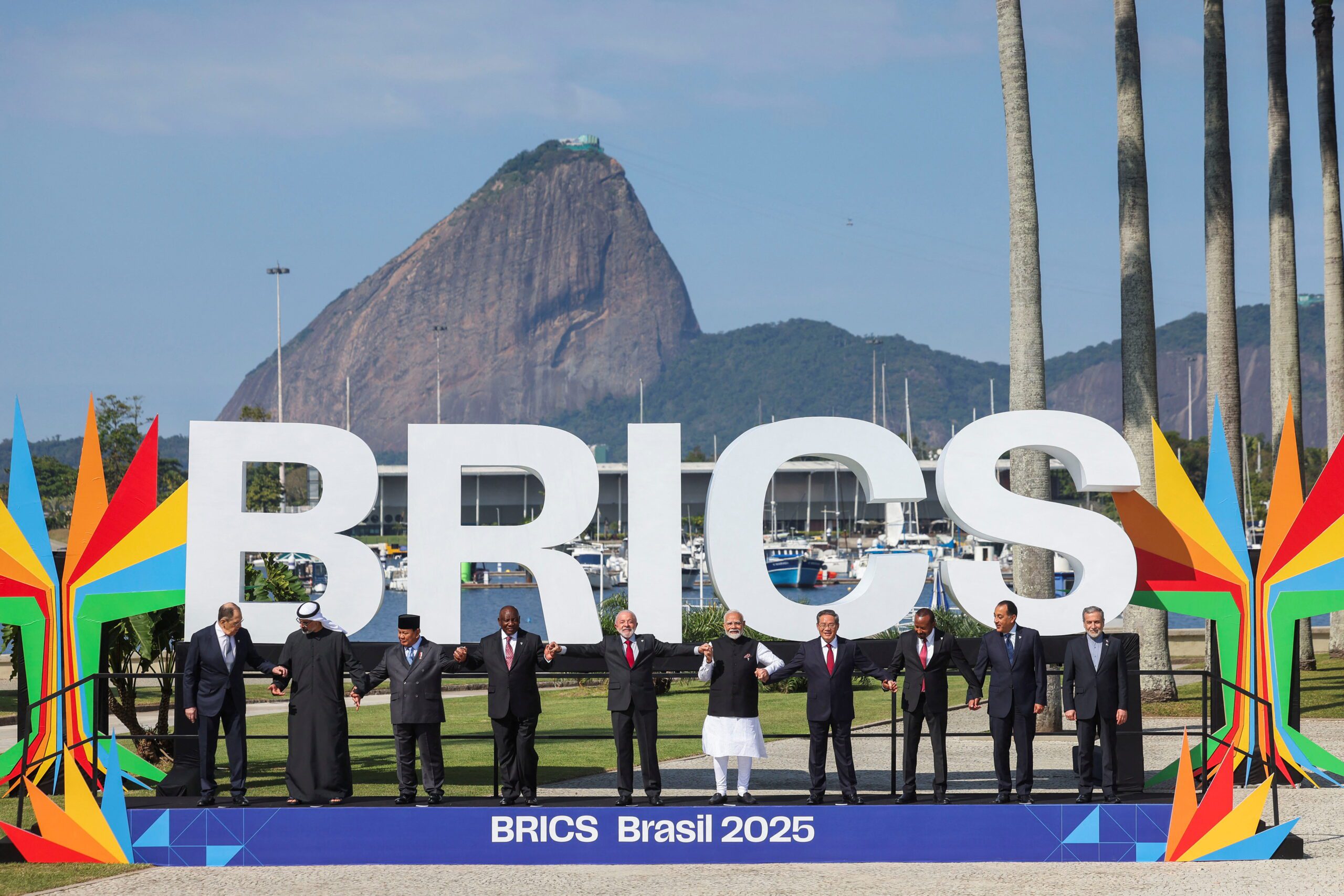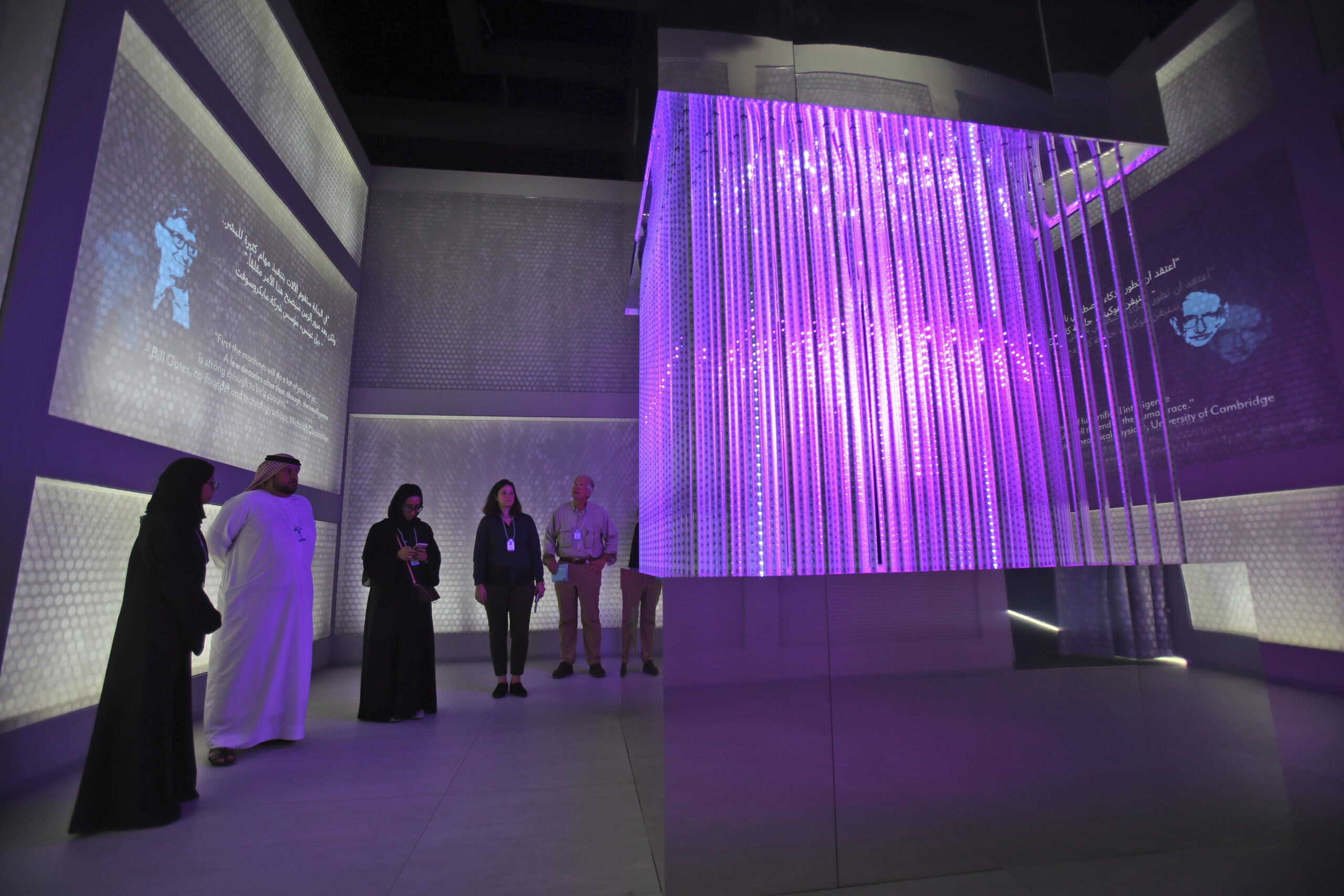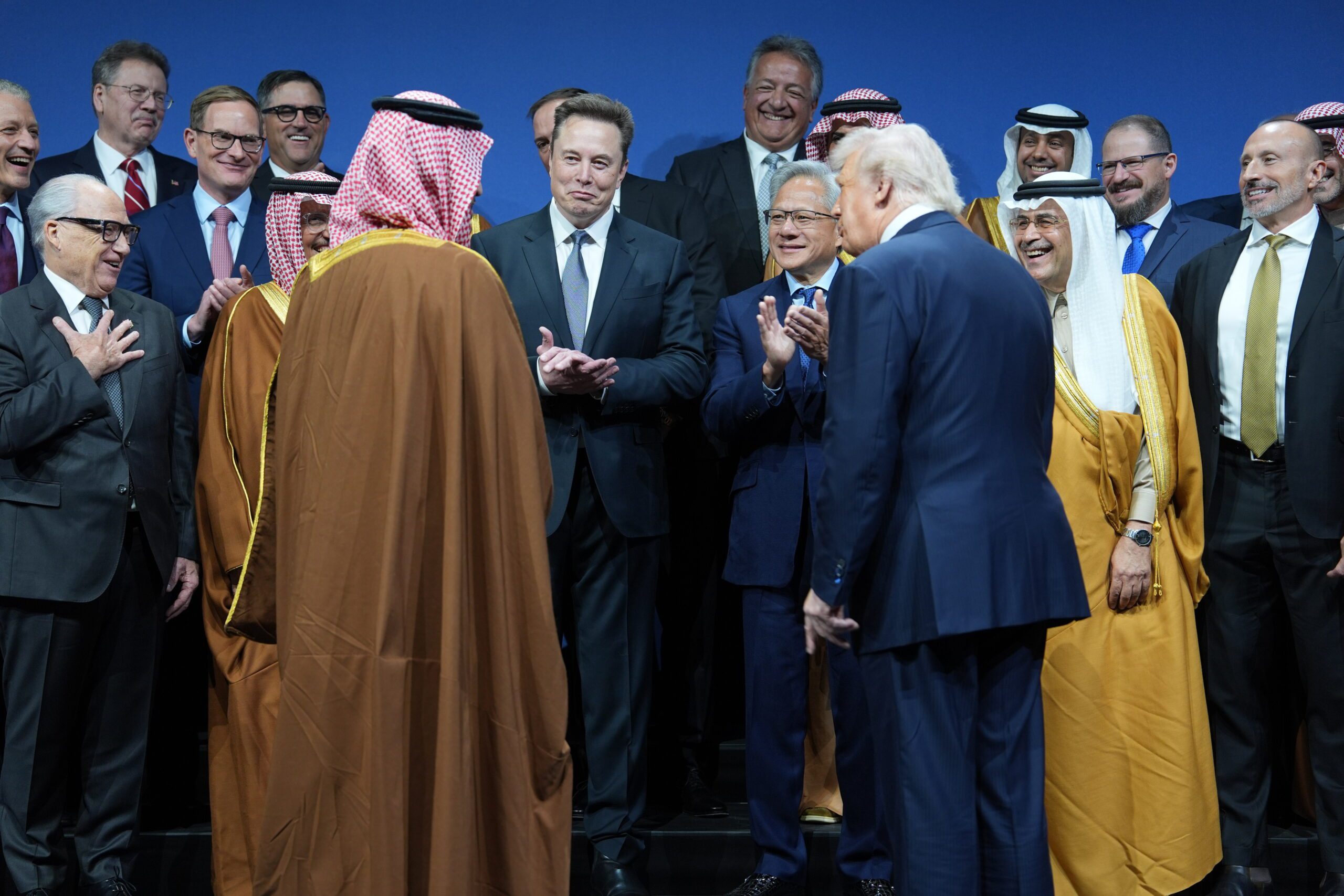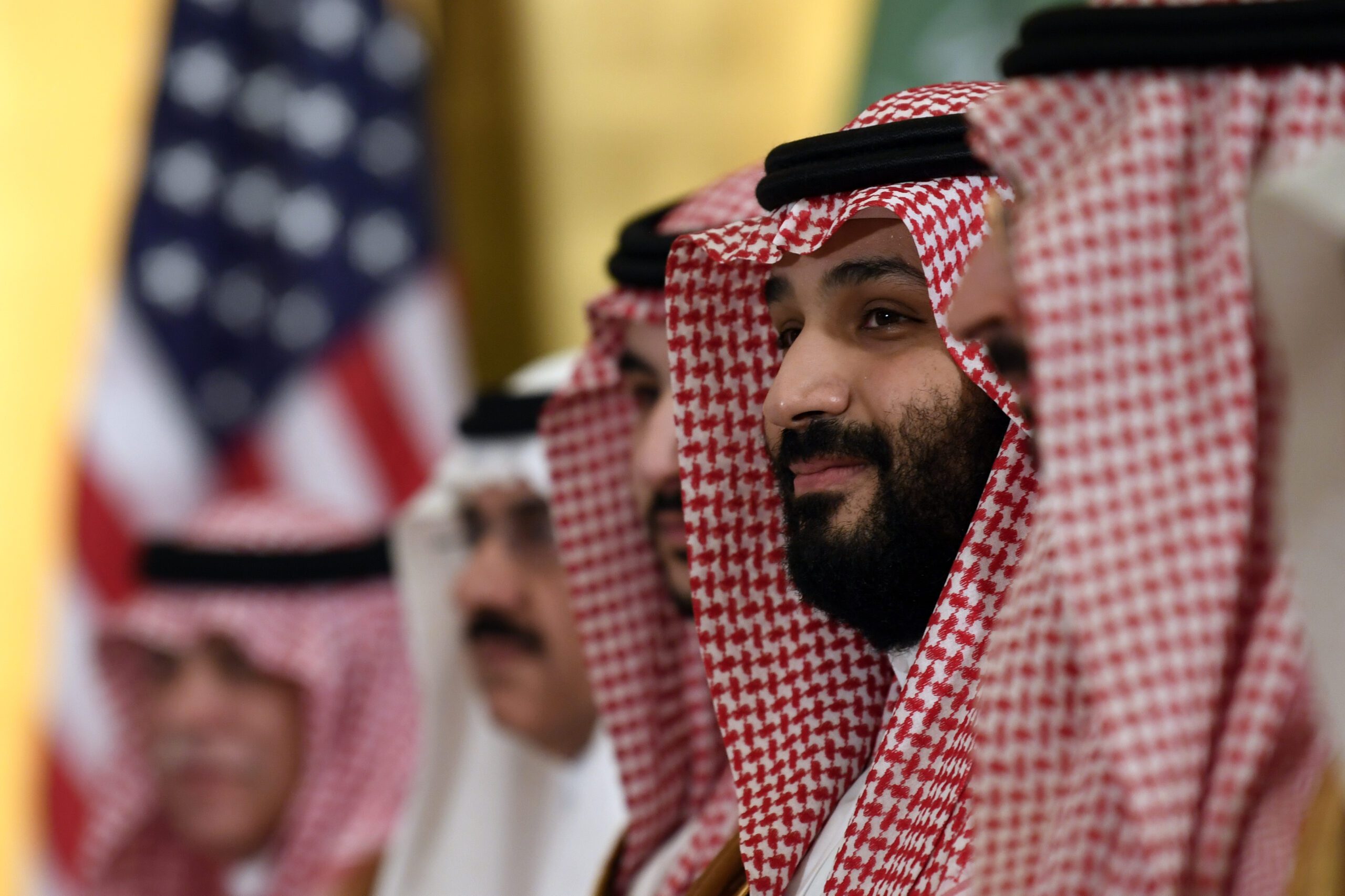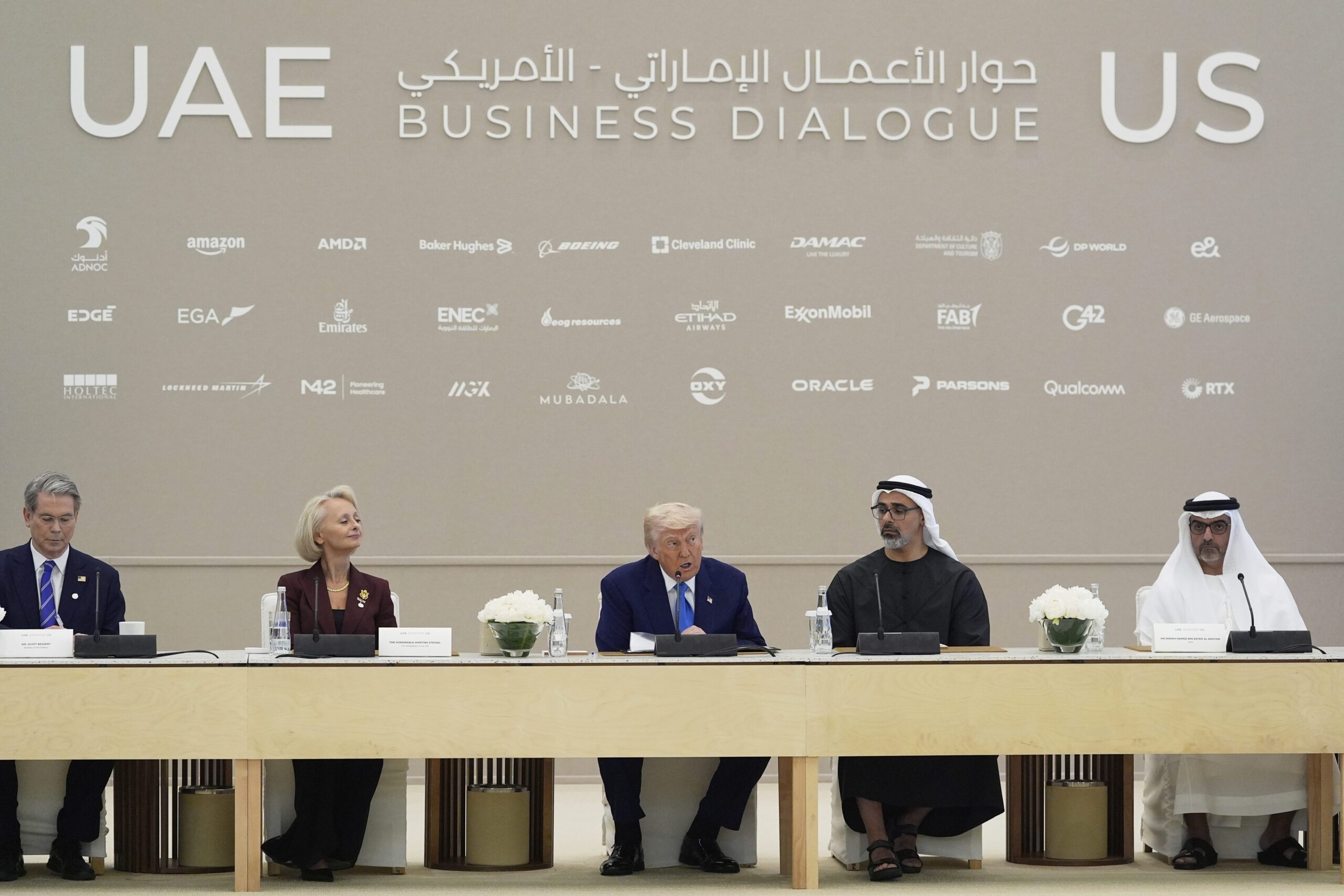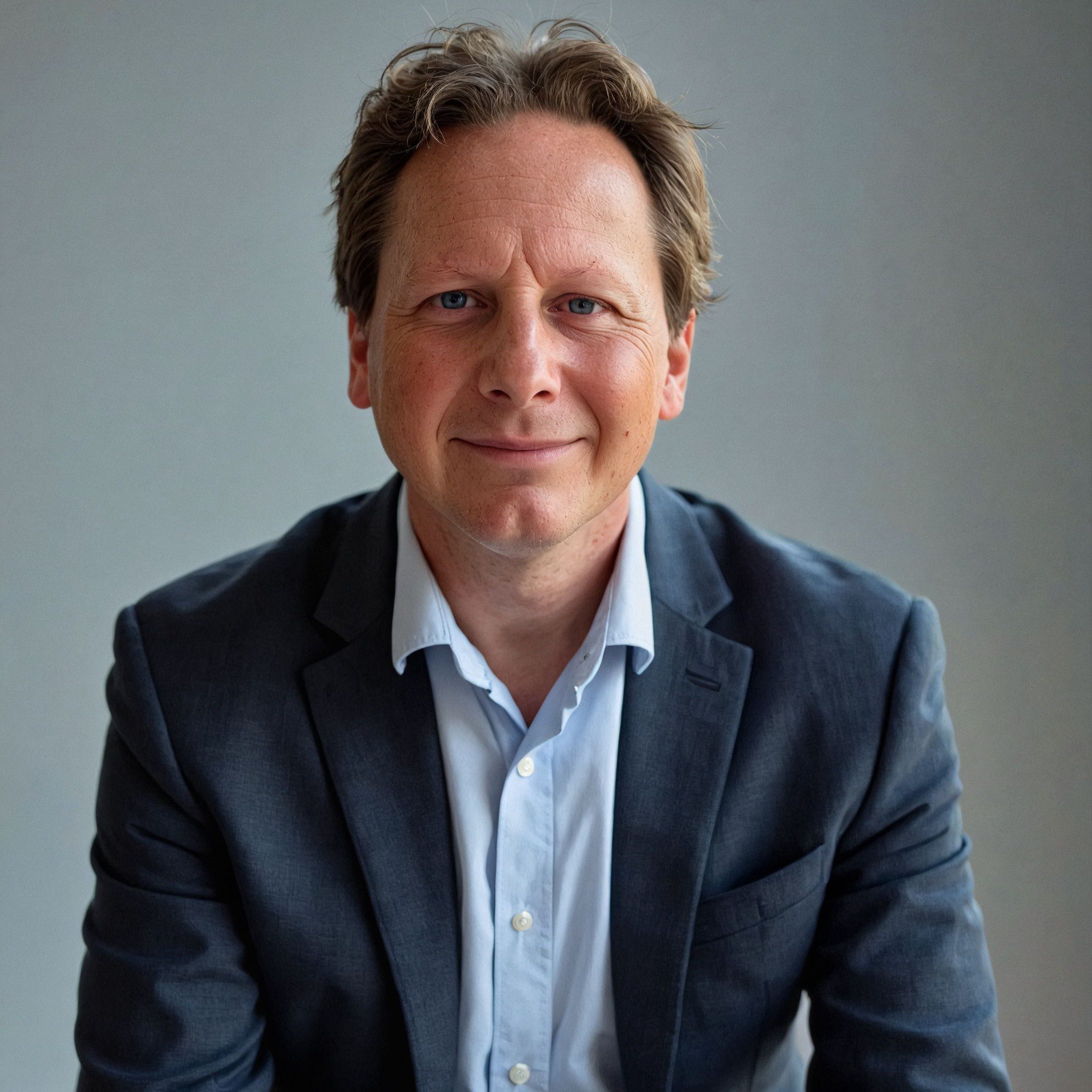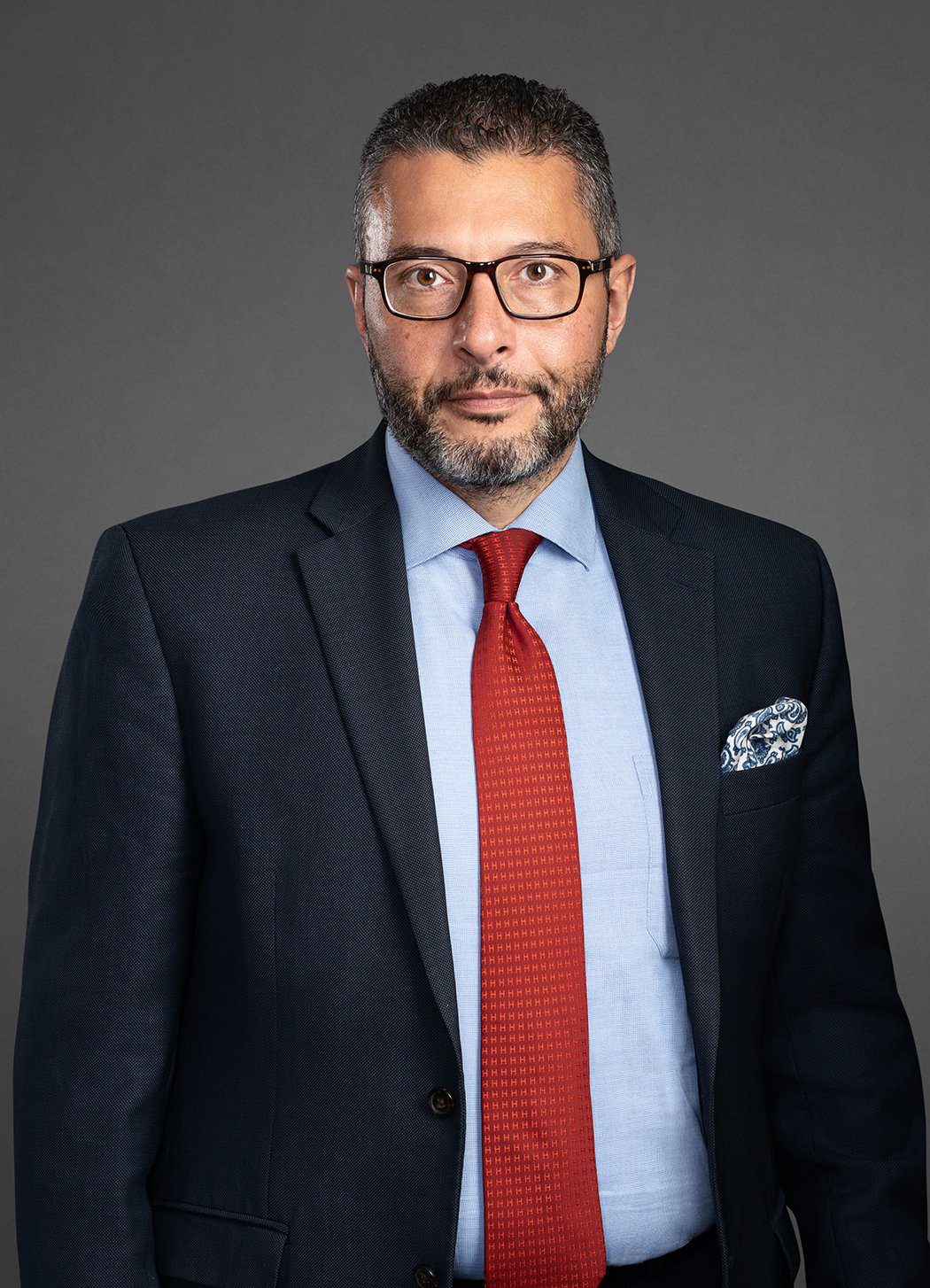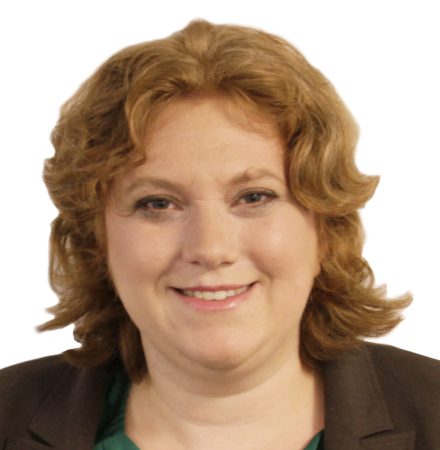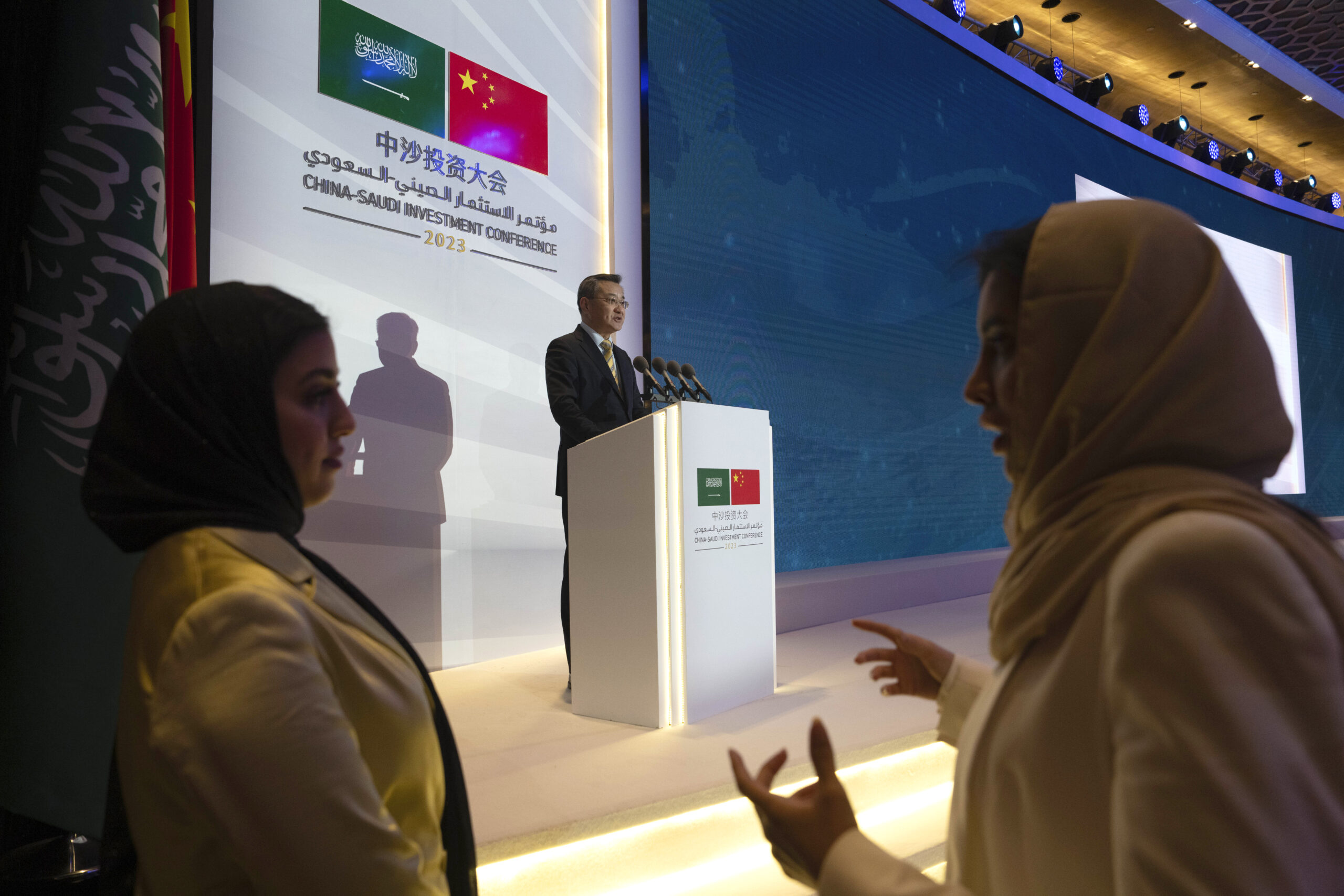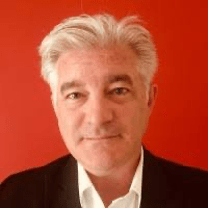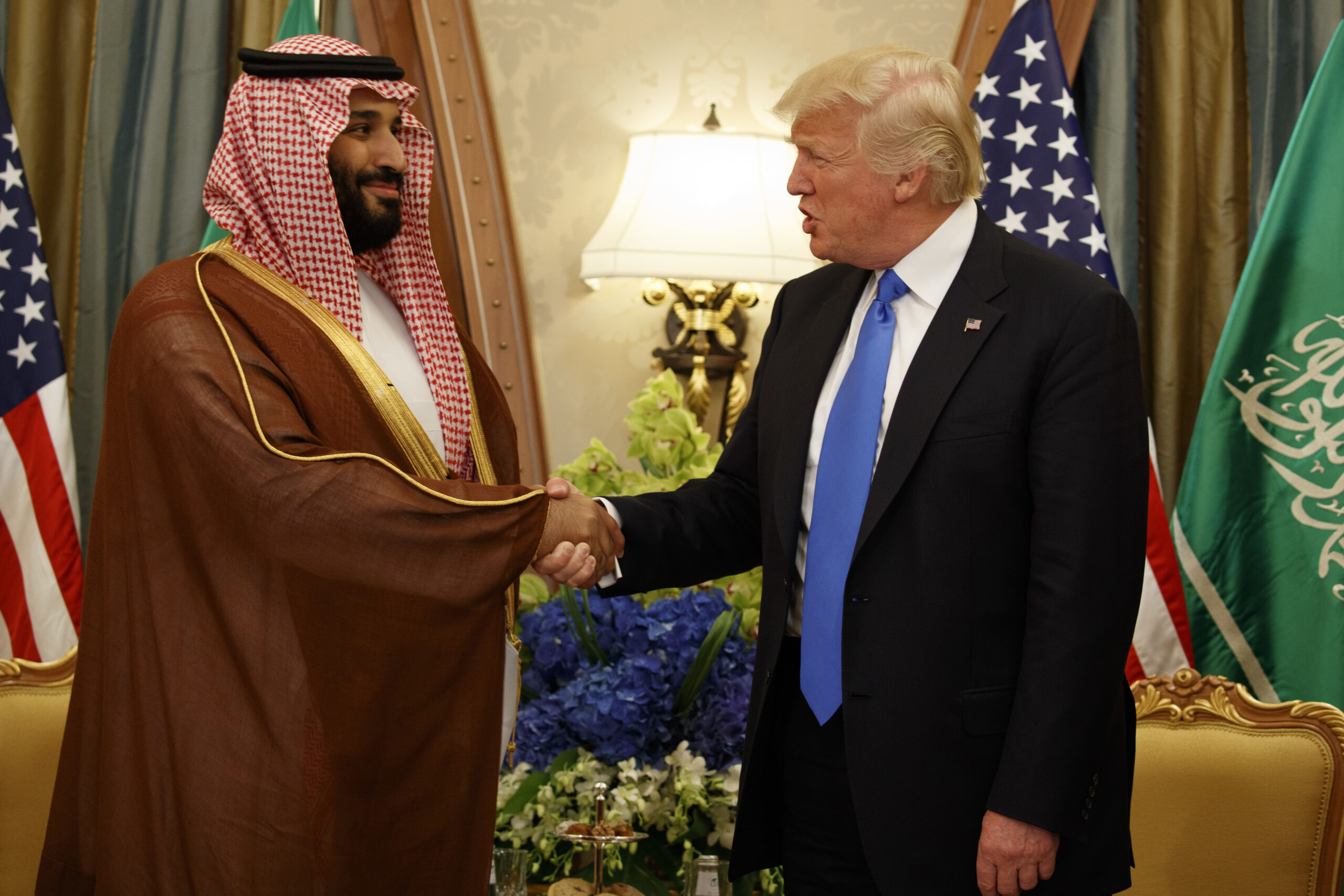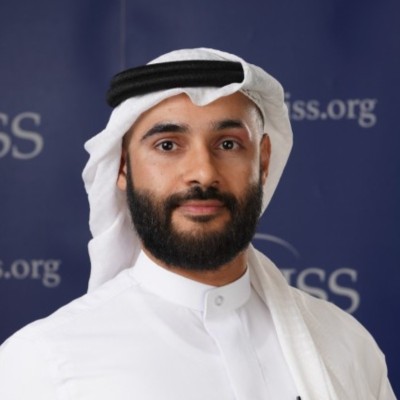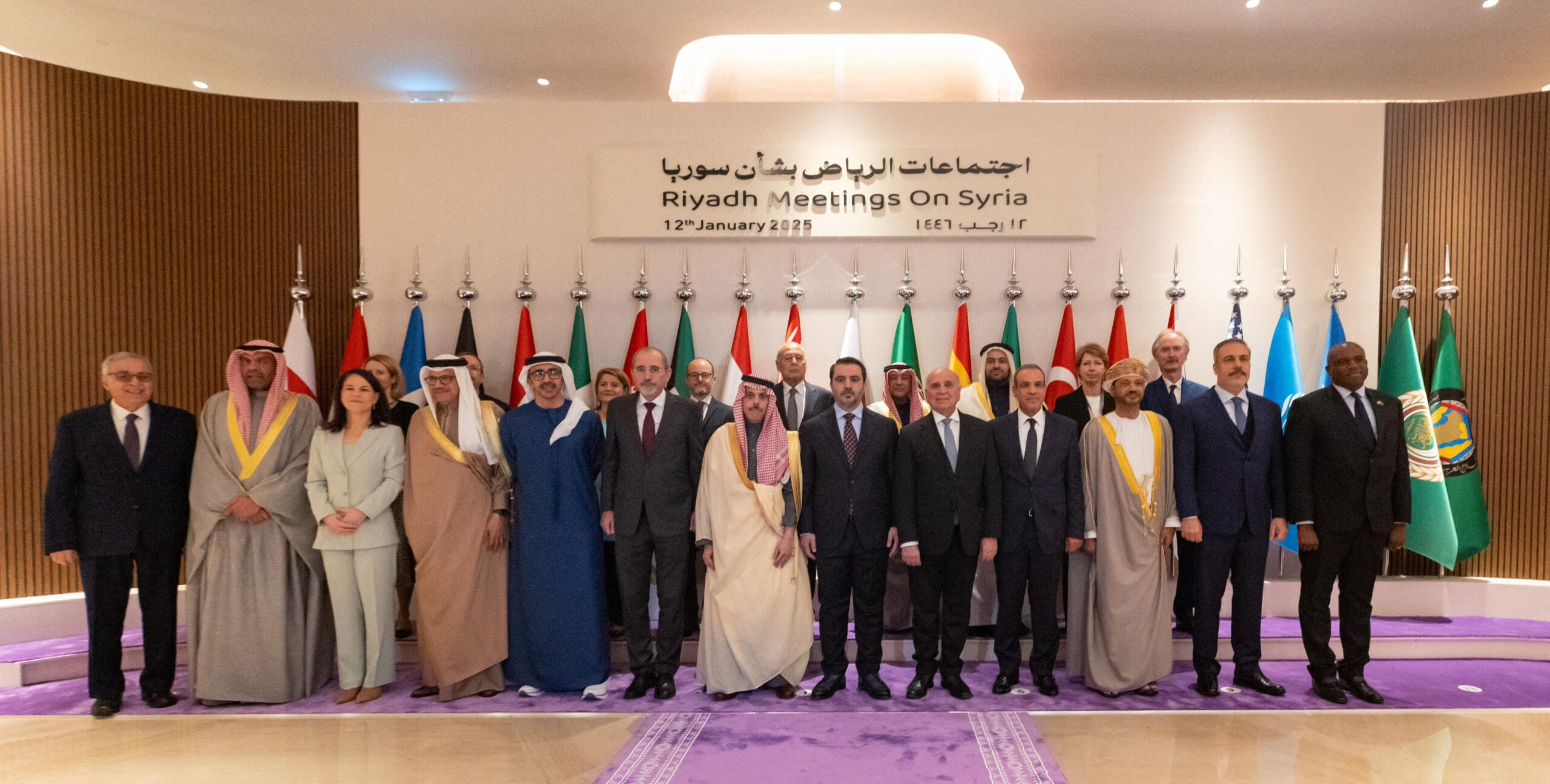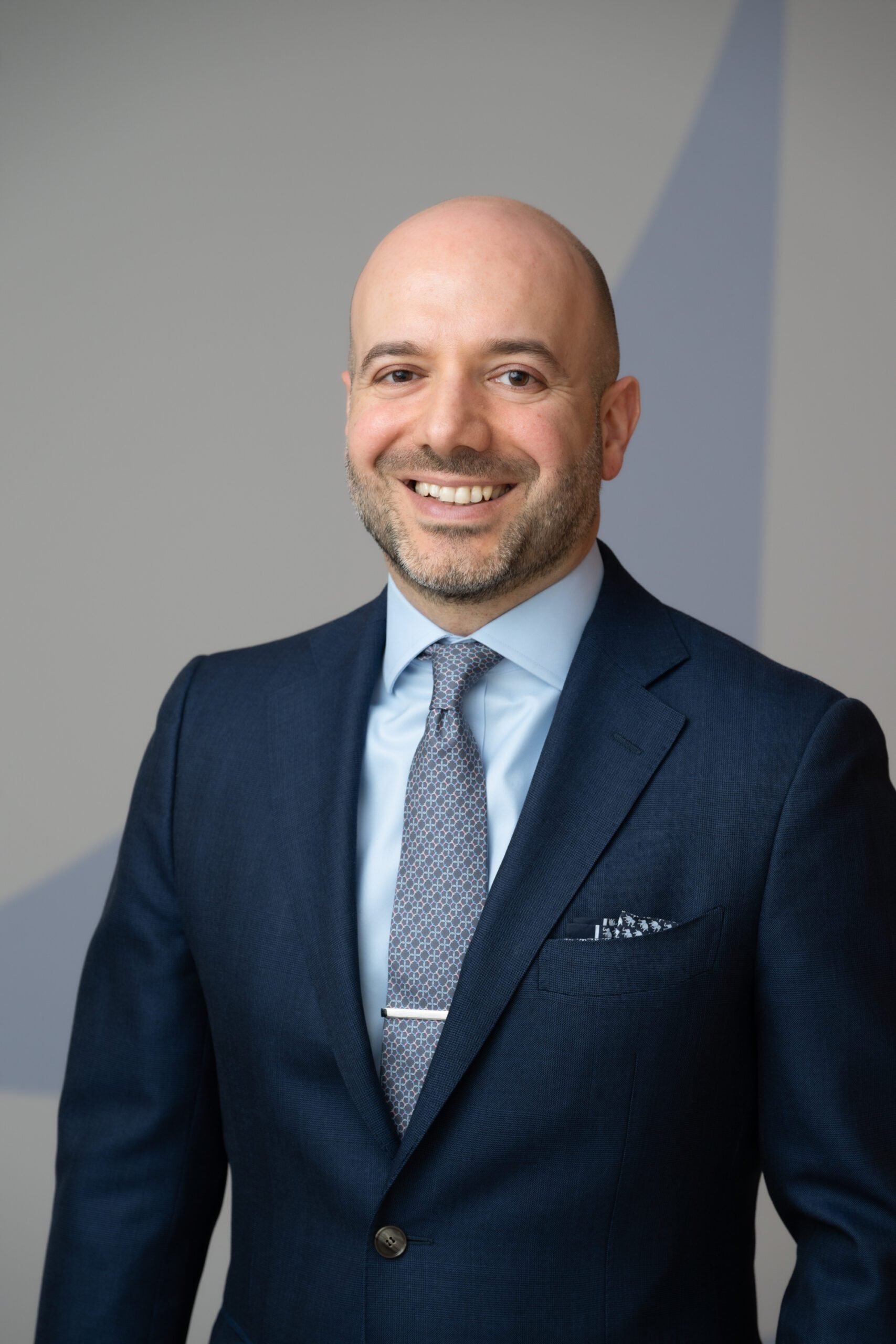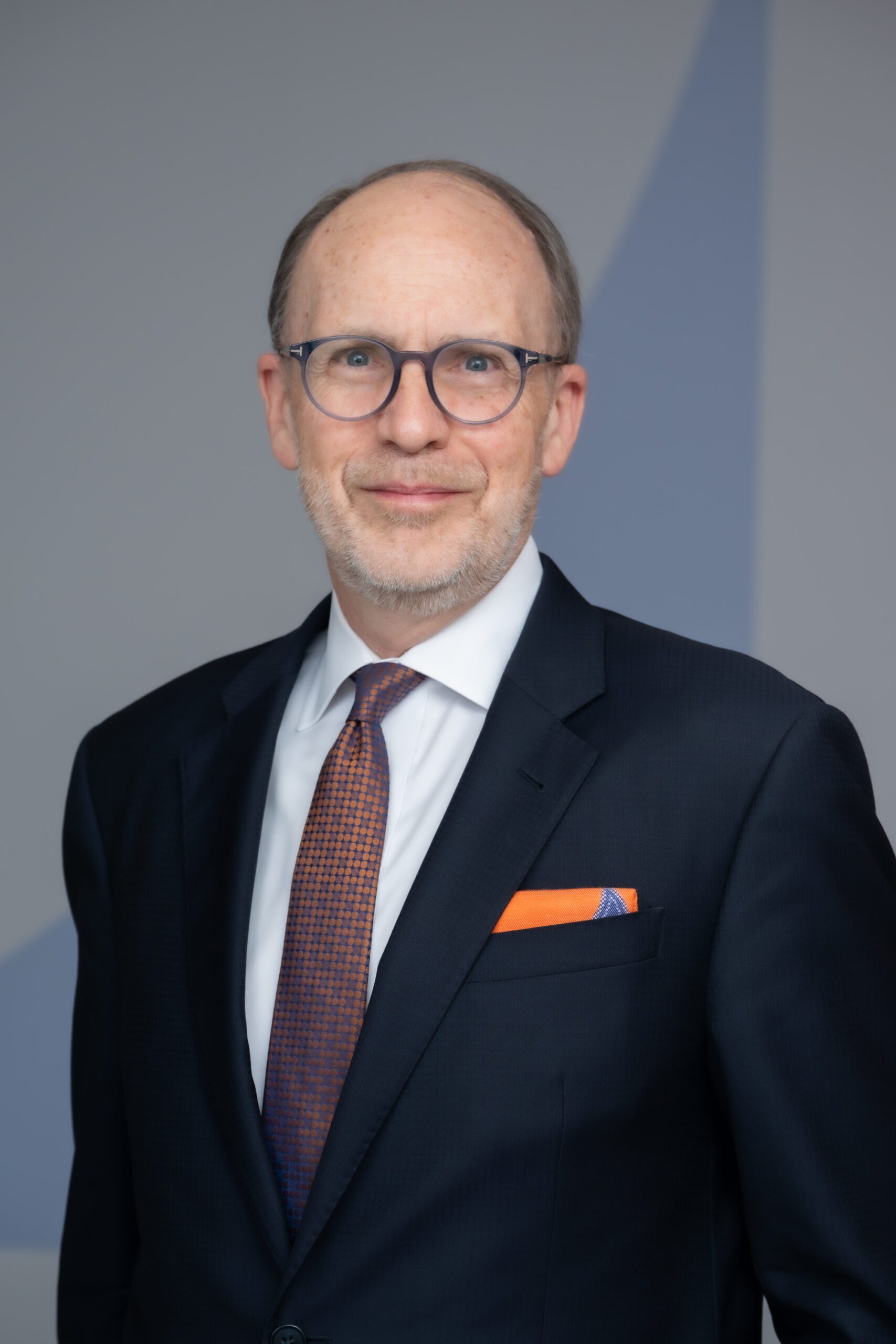Renewed Indications of U.S.-Gulf AI Alignment
Stalled AI deals announced during President Trump’s May visit to the Gulf may be getting back on track, but plenty of questions remain.
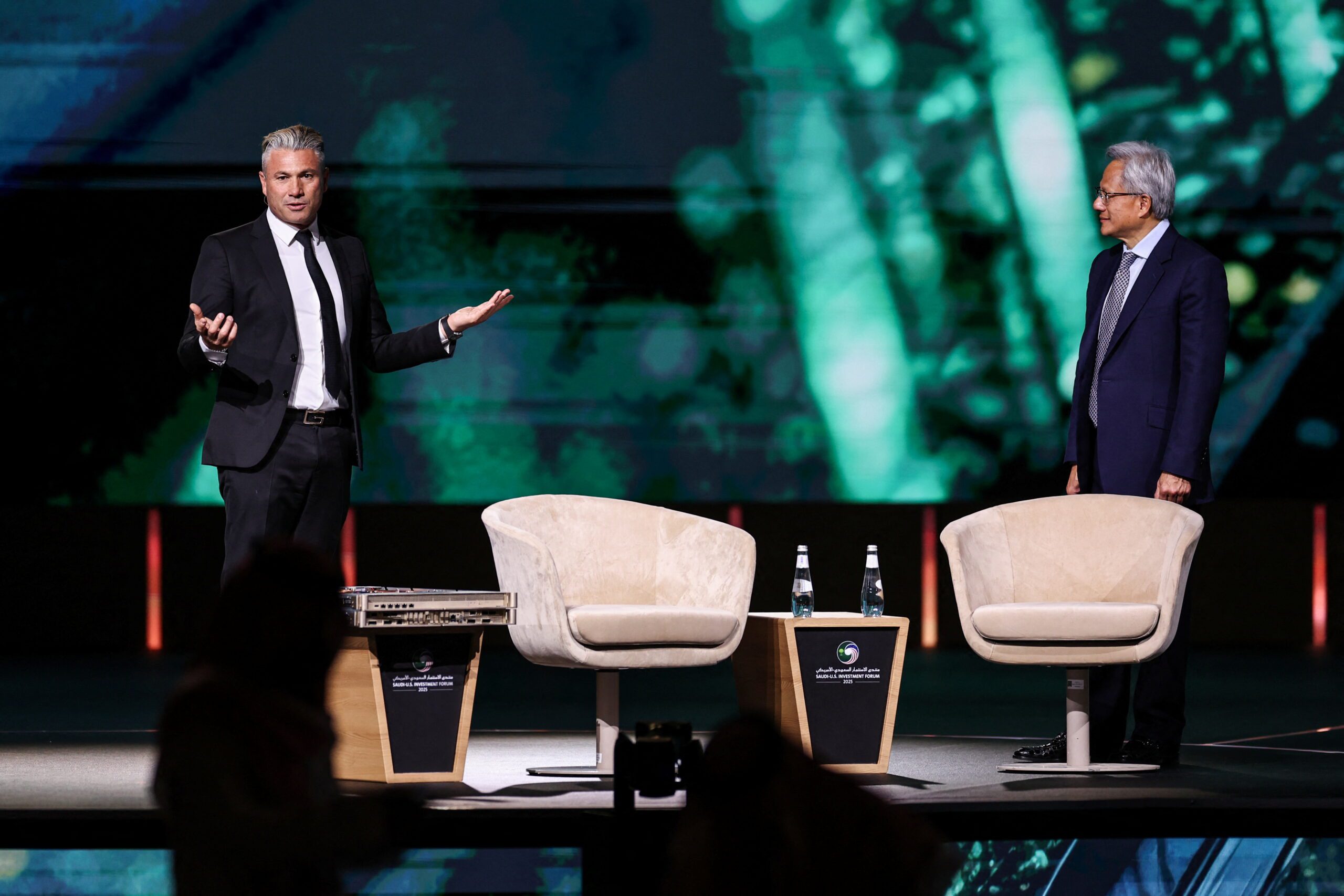
The U.S. Commerce Department’s Bureau of Industry and Security in early October reportedly granted Nvidia licenses to begin exporting advanced artificial intelligence chips to U.S. customers in the United Arab Emirates. Gulf states – especially the UAE and Saudi Arabia – view strong collaboration with Washington and U.S. companies as critical to support their AI ambitions.
President Donald J. Trump’s visit to Saudi Arabia, Qatar, and the UAE earlier in May coincided with major AI-focused announcements alongside other investment deals. In the lead-up to the visit, Saudi Arabia launched HUMAIN, an AI company owned by the Public Investment Fund. The Emiratis unveiled plans for a massive AI data campus to be run by the state-linked technology firm G42 and U.S. hyperscalers – large-scale cloud service providers and data centers with massive computing resources, such as Amazon Web Services and Oracle. The UAE’s preliminary AI agreement with Washington involved importing 500,000 of Nvidia’s most advanced AI chips per year beginning in 2025.
Yet the ambitious bilateral AI agreements that emerged around Trump’s high-profile trip to the region have not progressed as quickly as anticipated. For their part, Gulf governments remain focused on ensuring that their homegrown tech firms, like G42, ultimately secure access to advanced AI chips.
Gulf countries – especially the UAE and Saudi Arabia – have not tempered their AI agendas while waiting for formal chip export license approvals from the U.S. government. In September, the UAE released the open-source, low-cost reasoning AI model K2 Think, garnering praise from industry researchers. On August 25, Saudi Arabia’s HUMAIN launched an Arabic language conversational AI app and announced plans to open data centers using U.S. chips in early 2026, reflecting the fast pace of regional tech plans.
What’s the (AI) Plan?
Despite the slow progress on chip export licenses, there has been reason for Gulf officials to remain cautiously optimistic about tech cooperation with the United States. In July, the White House released the United States’ “AI Action Plan” to help win the “race to achieve global dominance in artificial intelligence.” The plan’s third pillar – leading in international AI diplomacy and security – suggests a significant expansion of AI exports to U.S. allies and partners. Initial reactions from Gulf governments were positive. The Emirati ambassador to the United States, Yousef Al Otaiba, welcomed the plan and indicated a readiness to “fast track” the strategic AI partnership between the two countries.
The “AI Action Plan” also envisions supporting private sector-led innovation by removing red tape and “onerous regulation.” This domestic-oriented policy stance is positive news for Gulf sovereign wealth funds, which are major investors in U.S. tech companies, and other government and private-sector actors keen to expand investments in U.S. tech and energy infrastructure. The White House is simultaneously working on a fast-track pilot program for the Committee on Foreign Investment in the United States, which is likely to ease the foreign investment process for Gulf sovereign wealth funds and other government-related entities.
In mid-August, Trump loosened AI chip sale restrictions on China (though general trade tensions with China have since escalated), provided that chipmakers transfer a share of revenue back to the U.S. government. While not directly concerning Gulf countries – and involving less advanced chips – the president’s decision nevertheless resonated in the Gulf as a sign of a more accommodating and transactional environment for chip export policies. By that point, Trump had scrapped the AI diffusion rule from the administration of President Joseph R. Biden Jr., which posed various obstacles for Gulf AI ambitions.
Seeking Technological Returns
The UAE has emerged as the region’s technological frontrunner. The established and fast-growing Abu Dhabi-based AI firm G42 boasts a staff of 20,000. G42 and Mubadala, a sovereign wealth fund in Abu Dhabi, established MGX in 2024 to serve as “a leading AI and advanced technology investor.” The UAE has also sought to integrate an AI strategy across government (the country appointed an AI minister in 2017) and academic institutions, such as the Mohamed bin Zayed University of Artificial Intelligence. Emirati tech ambitions involve a major ask from Washington: approving export licenses for approximately 500,000 advanced AI chips annually, with a significant slice of that order reserved for G42.
By comparison, Saudi Arabia’s AI strategy has appeared somewhat more modest, with a focus on deriving capabilities for domestic use cases. Aramco Digital, the Saudi Data & AI Authority, and Neom’s Tonomus have supported various dimensions of the country’s advanced tech agenda. In May, Saudi Arabia announced a deal with Nvidia for 18,000 chips and other deals with AMD and Amazon Web Services. However, HUMAIN’s recent chatbot and accelerated data center construction plans hint at grander Saudi plans.
Multiyear efforts to develop attractive tech sectors in the region are beginning to pay dividends. The UAE and Saudi Arabia are moving higher up on indexes measuring AI compute power, maturity, and talent. Strong relations with the United States, which is the top destination for top-tier AI talent, will remain crucial for Gulf tech ambitions.
Qatar’s advanced tech ambitions exhibit a growing emphasis on data centers. The newly established Qatar Center for Quantum Computing at Hamad Bin Khalifa University in Doha and other joint ventures show additional Qatari interest in quantum computing.
Kuwait, Oman, and Bahrain oversee comparatively less ambitious advanced tech agendas, but these governments remain keen to strike deals with multinational tech firms. For example, in September Oman announced a $250 million AI-focused special economic zone for startups as part of a partnership between Oman’s Afouq and Egypt’s Prime Group.
Hammering Out the Details
Various headwinds may complicate key Gulf-U.S. tech partnerships and slow the pace of regional tech agendas. Economic constraints could theoretically reduce the government resources available for tech-focused initiatives and projects. A willingness on the part of the U.S. government to add additional investment conditions to the approval process for chip export licenses would make costly Gulf AI agendas even more expensive. Yet the tech sector is likely to remain a high priority for Gulf government expenditures for the foreseeable future.
Bureaucratic resistance in Washington could slow the approval process or restrict direct Gulf access to advanced U.S. tech, placing regional officials in a tight spot. Bipartisan concern over Chinese influence in Gulf countries is one factor in resistance to various dimensions of Gulf-U.S. AI collaboration. Moreover, those in the government seeking to adopt an “America First” approach to AI policy would be unlikely to prioritize other countries’ rapid AI gains using the most advanced U.S. tech.
The Middle East also is home to myriad conflicts, tensions, and rivalries. Nascent AI infrastructure does remain vulnerable to attacks, though such risks to physical infrastructure seem manageable at present.
Saudi Crown Prince Mohammed bin Salman is scheduled to visit Washington November 18. There are rumors that UAE President Mohammed bin Zayed al-Nahyan and his national security advisor, Tahnoun bin Zayed al-Nahyan, will also visit the White House this fall. Despite positive signs of continued U.S.-Gulf alignment on tech interests, Gulf governments will feel pressure to push for greater clarity and deeper collaboration.
The views represented herein are the author's or speaker's own and do not necessarily reflect the views of AGSI, its staff, or its board of directors.
